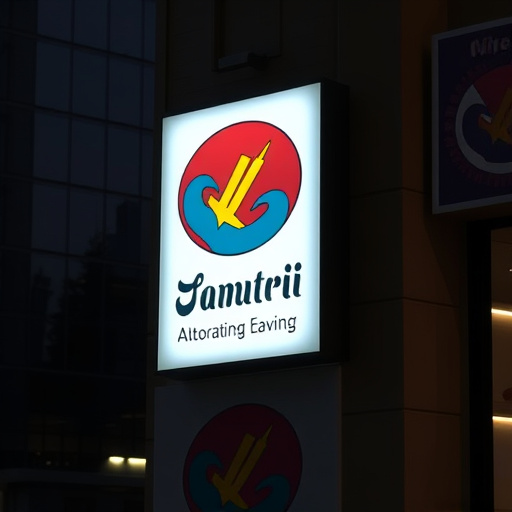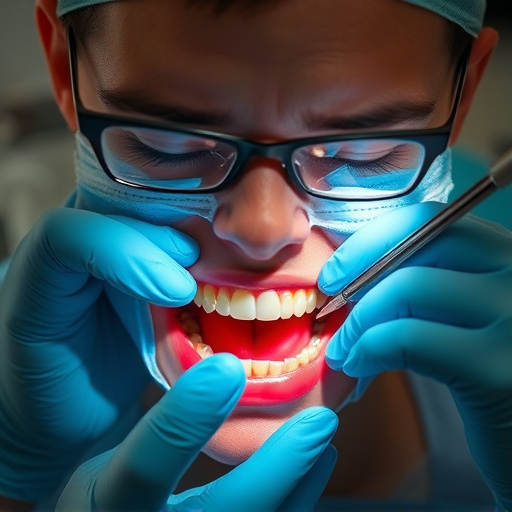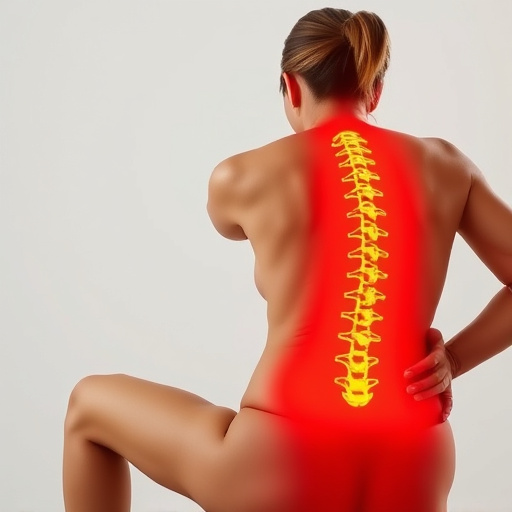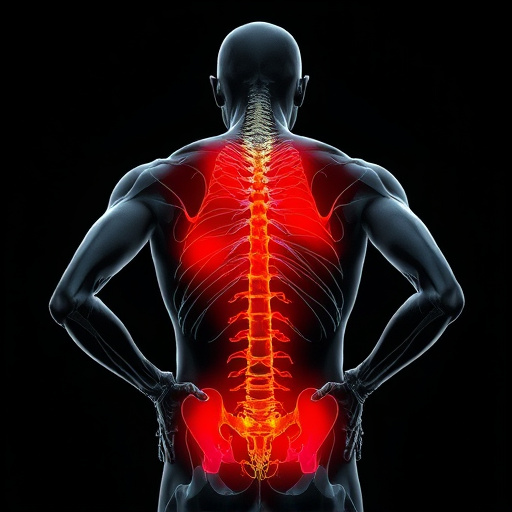A herniated disc, caused by a torn spinal disc pushing on nerves, leads to pain that can spread to limbs. Treatment options range from conservative (rest, physical therapy, medication) to interventional (injections, surgery). Personalized plans are key for symptom management and safe return to physical activities. To resume sports after herniated disc treatment, start with light exercises like walking or swimming, gradually increasing intensity while focusing on core strengthening, flexibility, sciatica relief, and posture improvement. Seek rehab services for guidance and tailor exercises based on individual needs and progress. Patience is crucial for a balanced return to athletic activities that respects bodily capabilities.
Returning to your active lifestyle after herniated disc treatment can be a rewarding journey. This guide aims to empower athletes and sports enthusiasts with knowledge on navigating their path back to the field. Understanding herniated discs and exploring effective treatment options is crucial. Following your recovery, preparing for a return to sports involves strategic planning and gradual buildup. We’ll provide insights into creating a structured approach, ensuring a safe and successful transition to athletic activities post-treatment.
- Understanding Herniated Discs and Treatment Options
- Preparing for Your Return to Sports Post-Treatment
- Building Back Up: A Structured Approach to Resuming Athletic Activities
Understanding Herniated Discs and Treatment Options
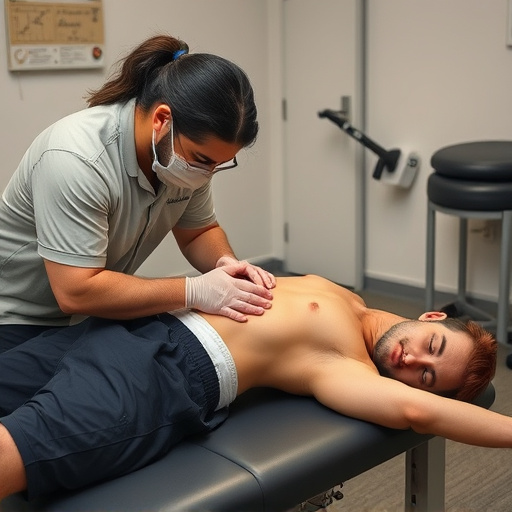
A herniated disc occurs when the soft inner nucleus of a spinal disc pushes through a tear in its outer ring. This can put pressure on nearby nerves, leading to pain that can radiate to other parts of the body, such as arms or legs. It’s often caused by sudden movements, injuries, or gradual wear and tear over time.
Treatment for herniated discs varies depending on the severity of the condition. Conservative approaches like rest, physical therapy, and over-the-counter pain medications can help alleviate symptoms for many individuals. In cases where conservative treatments don’t provide sufficient headache relief or chronic pain relief, interventional procedures such as epidural injections or surgery might be recommended. Personalized treatment plans tailored to individual needs are crucial in effectively managing herniated disc symptoms and facilitating a safe return to physical activities.
Preparing for Your Return to Sports Post-Treatment

Returning to your favorite sports after herniated disc treatment requires careful preparation and a strategic approach. Once you’ve completed your course of rehabilitation, it’s crucial to gradually reintroduce physical activities to avoid exacerbating the condition. Begin with light exercises like walking or swimming, which help improve blood circulation and strengthen muscles without putting excessive strain on your back. As pain levels decrease and flexibility improves, you can progressively advance to more intense workouts and specific sports-related movements.
Sciatica relief and effective pain management are key aspects of this transition. Engage in regular stretching routines targeting the lower back, hips, and legs to enhance flexibility and reduce tension. Additionally, consider incorporating exercises focusing on core strengthening and posture improvement to stabilize your spine and prevent future injuries. Utilize rehab services to guide you through this process, ensuring a safe and successful return to sports while effectively managing any lingering symptoms of herniated disc treatment.
Building Back Up: A Structured Approach to Resuming Athletic Activities
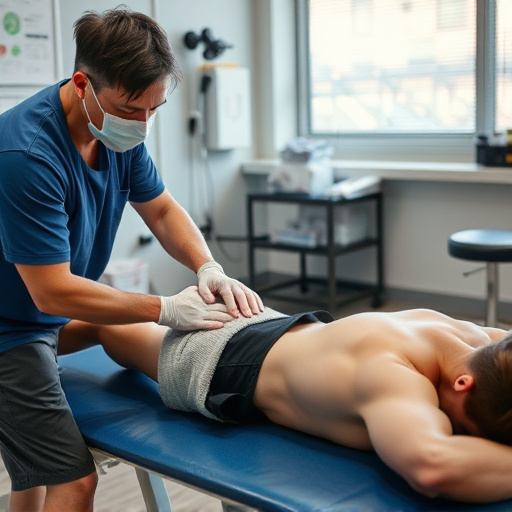
Returning to your athletic routine after herniated disc treatment requires a strategic and progressive approach. It’s crucial to view this process as building back up, rather than simply diving into your previous level of activity. Start with light therapeutic exercises focused on strengthening core muscles and improving flexibility, which can aid in sciatica relief and neck pain relief. Gradually increase the intensity and duration of these sessions over time, ensuring your body has adequate rest and recovery periods between workouts.
This structured method allows your body to adapt and build resilience, reducing the risk of further injury or relapse. It’s essential to listen to your body’s signals throughout this journey. A healthcare professional can guide you, tailoring exercises and activities to your specific needs and progress. Remember, patience is key; returning to sports isn’t a race, but a balanced dance between pushing your limits and respecting your body’s capabilities.
After successful herniated disc treatment, a careful and structured approach to returning to sports is crucial. By understanding your condition, preparing adequately, and following a gradual progression of activities, you can safely resume athletic pursuits. Remember, each individual’s recovery path is unique, so consult with healthcare professionals for personalized guidance throughout the process.





